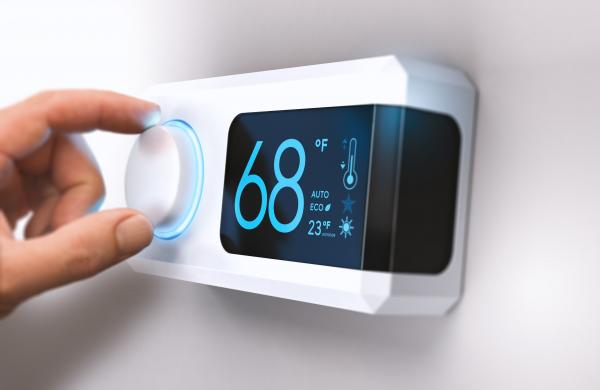
This year, give a gift that saves energy. There are tons of tech gadgets and gizmos that will wow your loved ones while still being incredibly energy efficient—meaning, they’ll cut energy bills and reduce pollution, helping the environment and public health. From flashy light displays to practical hardware devices, energy-efficient gifts will keep ‘giving’ long past the holiday season.
Here are six gift ideas that offer efficiency—without sacrificing the wow factor.
Electronic streaming devices: Streaming sticks and devices like Roku, Apple TV, and Amazon Fire TV do way more than cue up Netflix. They can also stream live TV using 30-75% less energy than traditional set-top boxes. Many cable and satellite providers have introduced apps so customers can stream via these devices and give up their set-top boxes—and associated monthly rental fees—altogether. Even better? If your gift recipients decide to change their cable or satellite plan, they’ll still have the streaming device to use with their new service.
Smart speakers: Recent research shows that smart speakers such as the Amazon Echo (Alexa) and Google Home are energy efficient, but make sure that you are using them for optimal energy use! Recent testing by the Natural Resources Defense Council found that some newer TVs that allow users to turn on and control their TV through their smart speaker, experience a spike in standby power when the speaker is connected, in some cases doubling annual TV energy use.
Energy monitoring gadgets: Did you know that you can monitor your energy use all on your own? Energy monitoring devices like the Sense, Neurio, and Smappee install in your home’s electrical panel and send you information about energy use and the specific energy loads in your home. This lets you see which appliances and equipment contribute to your energy consumption and allows you to calibrate your home for optimal energy use. Some products can also monitor output from your solar panels.
Advanced power strips: Advanced power strips cut wasted standby power from your home entertainment system and other electronics. Some models from companies like Tricklestar and Embertec can even turn off televisions, computers, and associated peripherals when they’re not being used.
Smart thermostats: Smart thermostats, such as the Nest and ecobee, can help reduce energy use by cutting back heating or cooling while you are sleeping or when no one is home. Before you get—or give—a smart thermostat, check for local utility incentives or rewards programs that reduce the purchase price or pay you to participate in peak demand reduction efforts. If you decide to purchase an ecobee, be sure to opt in to the Donate Your Data program, which allows users to share their thermostat data anonymously to universities and other nonprofit research organizations like ther American Council for an Energy-Efficient Economy.
Smart lighting: Connected lighting products, such as the Philips Hue, Nanoleaf, and Wyze, allow users to control their lights via Bluetooth or through their smartphones, smart speakers, or hubs. Smart lighting products use energy-efficient LEDs and can be as simple as a single connected light bulb or light switch, a set of decorative light panels, or a complex integrated lighting system for a room or entire home. Users have the option to shift from conventional soft white light to a whole rainbow of colors, and also take advantage of a bunch of energy-saving features, such as timers, dimmers, and programmable settings for different tasks or different times of day.

